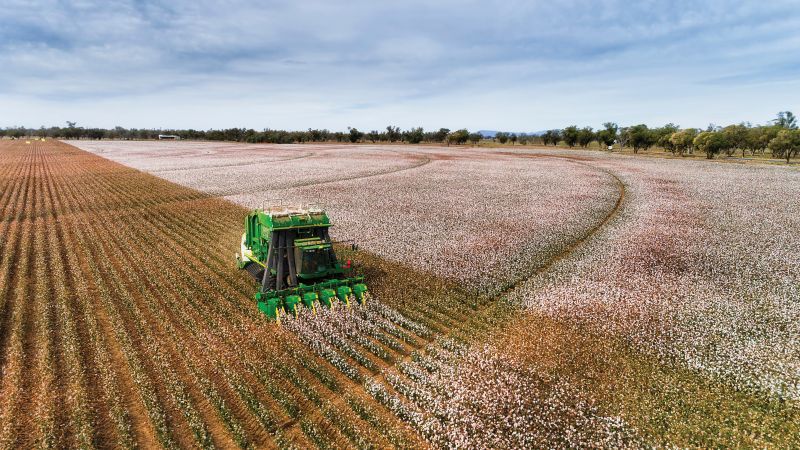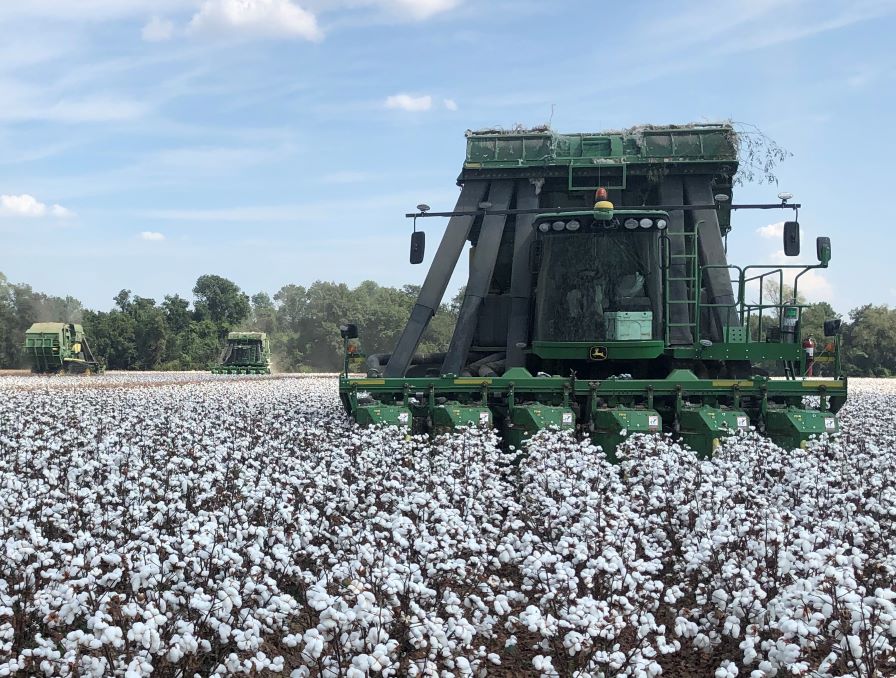Weather, Not Demand, Now Controls Cotton Market
The tiny cracks in the bears’ armor remain just that – tiny. Yet, they exist and absent an absolutely unexpected widespread excellent rain over some nearly two million acres of Texas cotton (primarily Districts 1-N and 1-S) over the next two weeks, those cracks will begin to widen. Certainly, much more moisture is needed over the vast dryland acreage of 1-S.
Expect the current price rally to continue as July hits first notice day on June 24. The price rally is supply based and will move in tandem with moisture deficits. Thus, continue to look for higher prices in the new crop December contract.
Yet the market would like to see some signs of improved demand, but it will not. If weather conditions follow last year’s pattern, December futures could be in for a maximum 10-cent rally into the October-November harvest season. A 10-cent rally would take December back to the 82-cent area with a chance of 84 cents. World carryover would support prices in the low 80s.
Historically, U.S. carryover, projected at 4.1 million bales, would support higher prices. However, the loss of U.S. market share in the world trade arena negates any bullish significance of a carryover as low as 4.1 million bales. Again, such a rally would be entirely weather based, given current economic forecasts. Thus, not only U.S. weather but crop progress in the other major world production regions are of paramount importance to the New York ICE price activity. There is also increased attention to hurricane activity in the Gulf and South Atlantic states.
The weekly export report again detailed the aggressiveness of mills buying for future delivery as net weekly sales of upland totaled 189,000 bales. China was the principal buyer, taking 84,500 bales. Vietnam bought 37,100 bales, and Pakistan bought 33,800 bales. While 18 countries bought U.S. upland, none of the other 15 countries bought more than 4,900 bales each. Thus, while buying was widespread, mill yarn business remained very weak.
Another validation of weak mill business was noted in the shipments report. Export shipments totaled only 197,900 bales of upland, coming in below the average weekly volume required to meet USDA’s recently reduced shipment estimate of 11.8 million bales for the 2023-24 marketing season for the ninth consecutive week. The primary shipping destinations on the week were China, Vietnam, Turkey, Pakistan, and Indonesia.
The old crop July contract expiry begins Monday, June 24. Certificated stocks total 136,656 bales, and recent trading activity suggests that merchants do not want to take ownership. Too, another 5,334 bales were awaiting certification review. Given the recent price collapse, it is expected that as much as three-fourths of the stocks, or more, will be delivered against the contract. Again, this is another validation that current mill business is weak.
The current weakness in demand has already been factored into new crop December contract prices. Weather, not demand, will control prices during the coming months. Thus, it again becomes the market adage that “what happens tomorrow is much more important than what happens today.”
Look for December to slowly – very slowly – continue its trek to higher prices.
Give a gift of cotton today.








